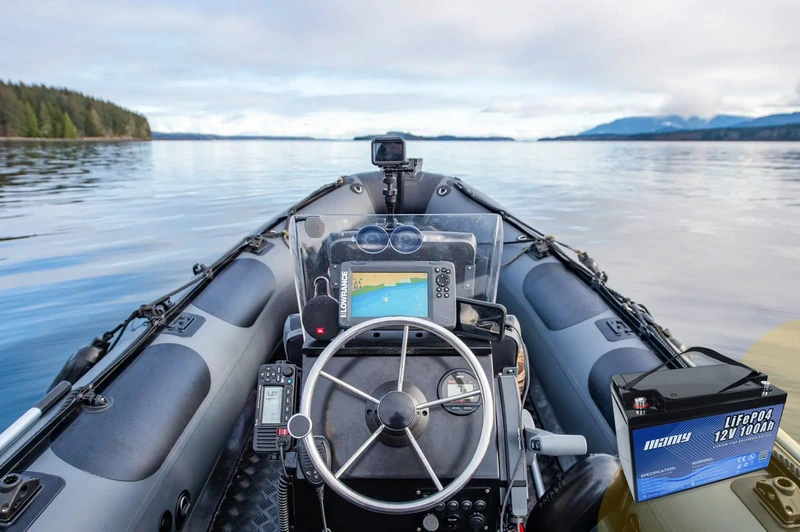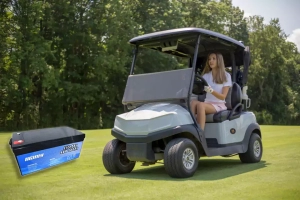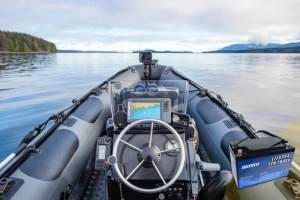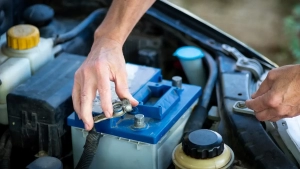What Battery To Power Accessories On A Boat
Table of Contents
- What Battery To Power Accessories On A Boat
- Where to Begin with Battery Selection
- Understanding Different Marine Battery Types
- Boat Battery Size Guide
- Key Rules for Maintaining Marine Batteries
- How to Replace Your Boat's Battery
- Charging a Marine Battery
- Tips for Avoiding Battery Problems
- Common Electrical Issues on Boats
- How to Prevent Major Electrical Issues on Your Boat
- Addressing Boat Electrical Failures
- The Biggest Electrical Problems on Boats
- Final Thoughts on Marine Electrical Systems
- Learn More About Battery

Where to Begin with Battery Selection
When you're deciding on the right boat battery for your accessories, it’s important to start by considering the power needs of your vessel. Different boats have varying electrical demands, depending on the number and type of accessories you have onboard. For instance, if you have a small fishing boat with minimal electronic equipment, your power requirements will be much lower than those of a larger vessel outfitted with multiple electronic systems.A good place to begin is by checking your boat’s owner's manual. This will often provide recommended marine battery types, sizes, and ratings that are suited to your boat's electrical setup. If your current battery has been functioning well, you may consider sticking with the same type or model. However, if you’ve added new equipment or if your existing battery no longer meets your needs, it might be time to explore other options.For example, if you've upgraded your boat with a more sophisticated electronics package, the power draw might be significantly higher than it was before. In such cases, you’ll want to ensure that your new deep cycle marine battery has a sufficient amp-hour rating to handle the additional load. This is especially important for accessories like trolling motors, which require continuous power for extended periods. When in doubt, consult with a marine expert to determine the best solution for your specific setup.Understanding Different Marine Battery Types
There are several types of batteries to choose from, depending on your boat's needs. The three most common are starting batteries, deep cycle batteries, and dual-purpose batteries.- Starting Batteries: These are designed to provide a quick burst of power to start your boat’s engine. They deliver high current for short durations but are not intended for powering accessories over long periods. Once the engine is running, the alternator takes over, and the starting battery is no longer used.
- Deep Cycle Marine Battery: This type of battery is built to provide a steady flow of electricity over long periods. It is ideal for powering accessories like lights, GPS systems, and trolling motors. Unlike starting batteries, deep cycle batteries are designed to be discharged and recharged repeatedly, making them perfect for running boat accessories.
- Dual-Purpose Batteries: A dual-purpose battery combines the functionality of both starting and deep cycle batteries. This means you can use it to start your engine and power your accessories. However, while it saves space and may be a good choice for smaller boats, it typically doesn’t offer the same level of performance as dedicated starting or deep cycle batteries.
Boat Battery Size Guide
Marine batteries come in various sizes, which are often referred to by group numbers like 24, 27, and 31. The group size simply refers to the physical dimensions of the battery, not its power capacity. It’s crucial to choose a battery that fits securely in your boat’s battery compartment.Larger batteries, such as Group 31, tend to have higher capacities and can store more energy, which means they can power your accessories for longer periods. However, the trade-off is that they are bulkier and heavier. Be sure to select a battery that balances your space limitations with your boat’s power requirements.Key Rules for Maintaining Marine Batteries
Maintaining your marine battery is just as important as selecting the right one. Here are some essential rules to keep in mind:- Recharge After Every Use: After every trip, fully recharge your boat battery to prevent it from losing its capacity over time. For deep cycle marine battery users, this is especially crucial, as discharging the battery too deeply can reduce its lifespan.
- Avoid Discharging Below 50%: For flooded lead-acid batteries, never allow the charge to drop below 50%, as this can cause irreversible damage. On the other hand, lithium marine batteries can handle deeper discharges, making them a more durable option in the long term.
- Monitor Battery Health: Use a battery monitor or an app provided by the manufacturer to keep an eye on your battery's state of charge (SOC), temperature, and other critical parameters. This helps prevent unexpected battery failures while you’re out on the water.
- Choose the Right Charger: Ensure you’re using a charger that matches your battery’s chemistry and capacity. For marine lithium deep cycle batteries, it’s often necessary to upgrade to a charger specifically designed for lithium technology to optimize performance and longevity.




















